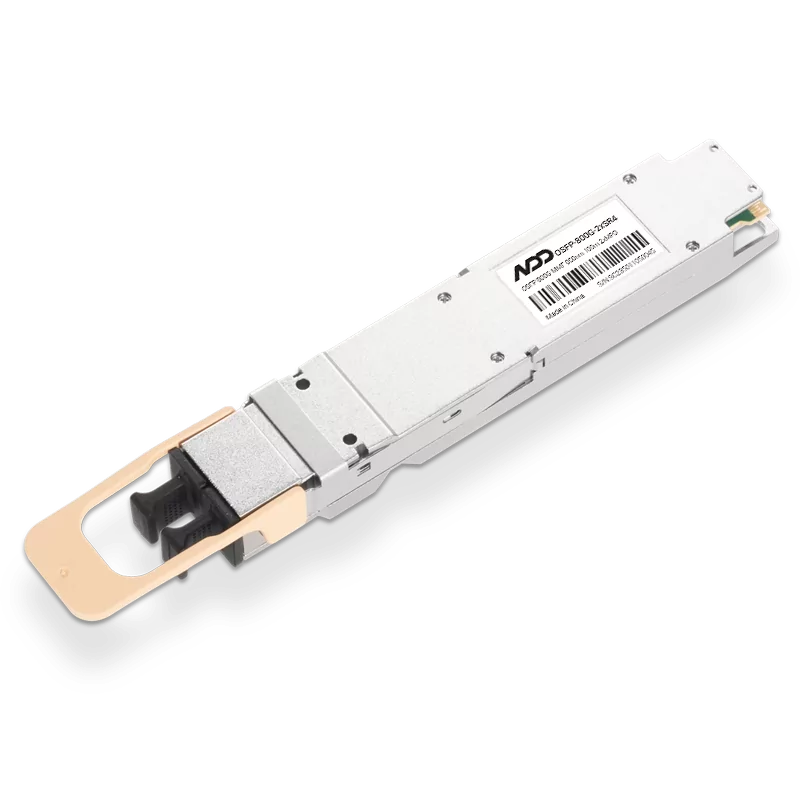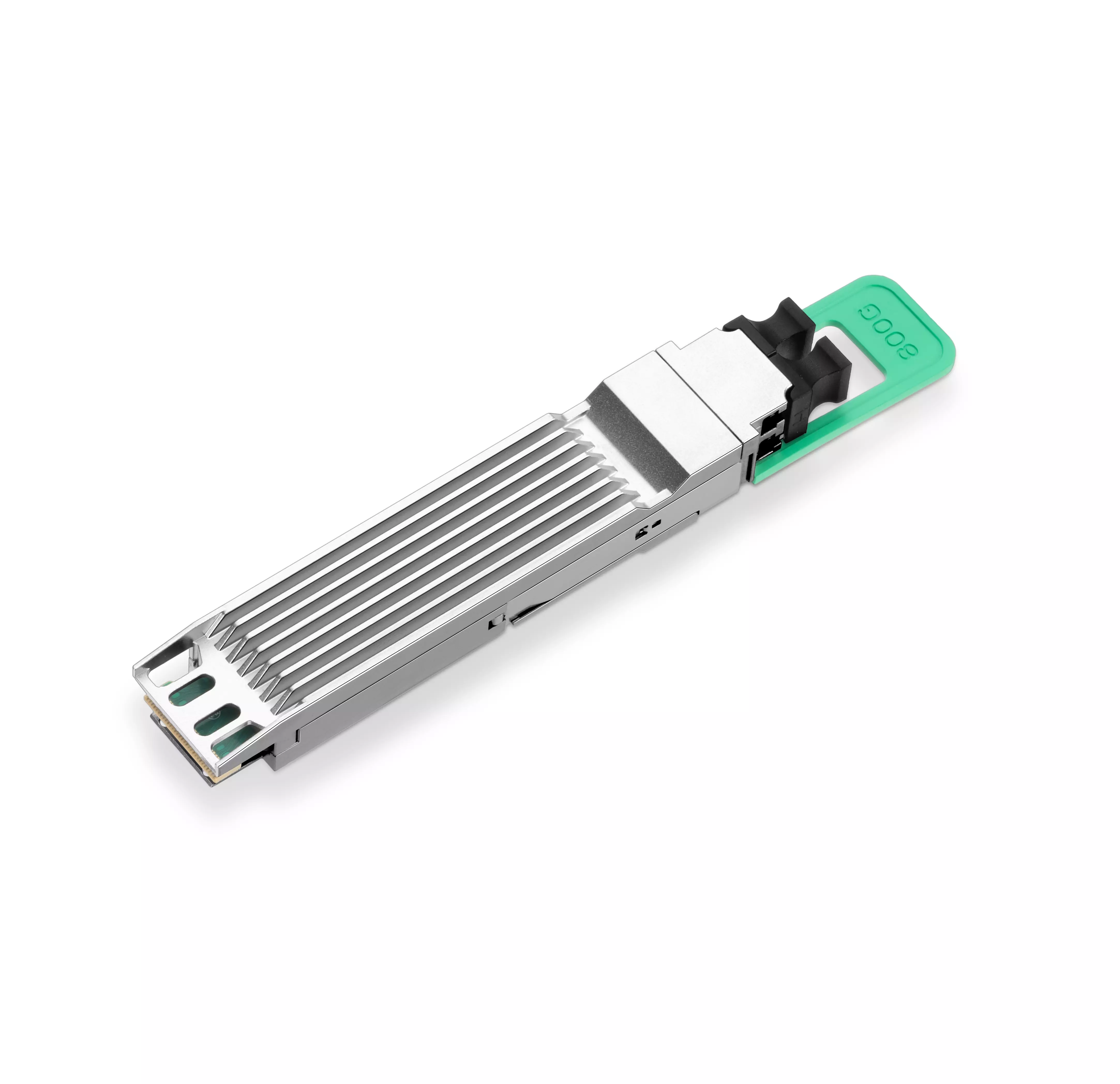Find the best fit for your network needs

share:
 800GBASE-2xSR4 OSFP PAM4 850nm 50m MMF Module
800GBASE-2xSR4 OSFP PAM4 850nm 50m MMF ModuleLearn More
Popular
- 1Advantages and Working Principle of RoCE v2 in RDMA Protocol
- 2Optical Transceiver Requirements in NVIDIA DGX H100 Server Cluster
- 3Seven major trends in the development of large-scale data center networks
- 4The Key Role of High-quality Optical Transceivers in AI Networks
- 5Common Problems While Using Optical Transceivers in AI Clusters













































